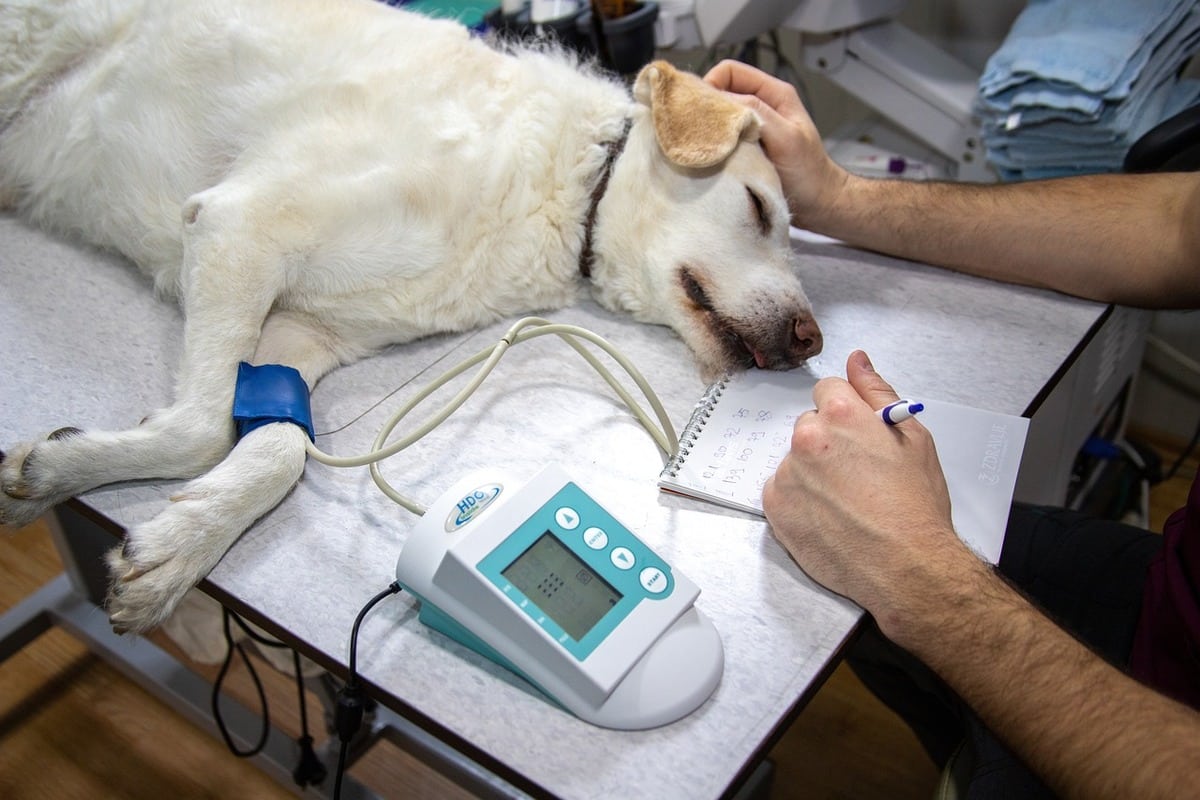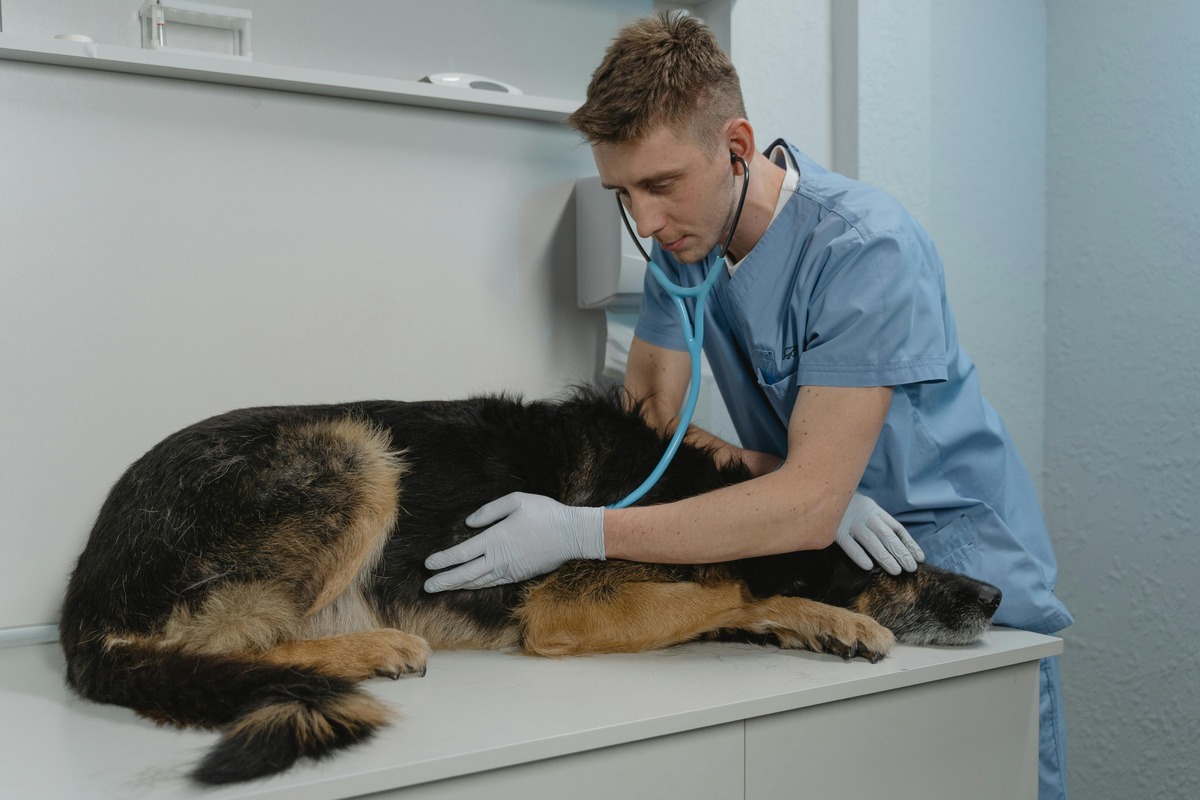
Dealing with Common Pet Allergies and Skin Issues
Pet allergies and pet skin problems are among the frequent concerns of pet owners. Pets can develop allergies to many of the same environmental allergens, food, and parasites as humans. These allergies may be uncomfortable, which results in scratching, loss of fur and even infection. Understanding pet allergy symptoms and the best use of hypoallergenic pet food and skin care for pets can be beneficial. It improves the quality of life of your furry friend.
In this ultimate guide, we will break down the various kinds of pet allergies, their symptoms, treatment options, and tips on managing and preventing allergic reactions in your pets.
Understanding Pet Allergies
Pet allergies occur when the immune system overreacts to a substance (allergen) that is normally harmless. Pets show allergies differently than humans. While people sneeze and have nasal congestion, pets often have skin irritation, stomach issues, and ongoing ear infections. Recognising these signs early can help manage your pet’s discomfort and prevent severe allergic reactions.
1. Environmental Allergies (Atopic Dermatitis)
Environmental allergens affect many pets, particularly dogs and cats, who spend time outdoors. These allergies are often seasonal but can become a year-round issue. Common environmental allergens include:
- Pollen from trees, grass, and weeds, which can lead to inflamed skin and excessive itching.
- Dust mites and mould spores that thrive in homes and can trigger allergic reactions.
- Household cleaning products and synthetic fragrances from perfumes, air fresheners, and laundry detergents.
- Smoke from cigarettes, fireplaces, or candles which can exacerbate respiratory issues.
2. Food Allergies
Food allergies occur when a pet’s immune system mistakenly identifies certain food ingredients as harmful. Food allergies usually cause skin symptoms, while food intolerances lead to digestive issues. Common allergens include:
- Proteins like beef, chicken, dairy, and fish, which are among the most frequent triggers.
- Grains such as wheat, corn, and soy which may cause sensitivities in some pets.
- Artificial additives and preservatives, which can irritate a pet’s digestive system and skin.
3. Flea Allergy Dermatitis (FAD)
Some pets are very sensitive to flea saliva. Even one flea bite can cause intense itching, swelling, and infections. Symptoms include:
- Intense scratching, biting, and licking, especially at the base of the tail.
- Red, inflamed skin and hair loss.
- Scabs or hot spots that develop due to excessive licking or scratching.
4. Contact Allergies
Contact allergies occur when a pet’s skin reacts to a specific substance. These allergens typically cause localised irritation in areas where the pet has come into contact with them. Common triggers include:
- Synthetic fabrics in pet bedding or clothing.
- Carpets treated with chemicals or dyes.
- Certain grooming products, shampoos, or topical treatments.
Common Symptoms of Pet Allergies

Identifying allergy symptoms early can prevent severe discomfort and chronic health issues. Common signs include:
- Excessive scratching, licking, or biting at the skin.
- Red, inflamed, or scaly skin patches.
- Chronic ear infections and head shaking.
- Sneezing, coughing, and watery eyes.
- Digestive issues such as vomiting or diarrhoea.
- Hair loss and hot spots (red, irritated areas).
- Swollen paws or excessive chewing on feet.
If your pet exhibits any of these symptoms, it’s essential to determine the underlying cause and seek appropriate treatment.
How to Diagnose Pet Allergies
Diagnosing pet allergies requires careful observation and veterinary guidance. Common diagnostic methods include:
1. Elimination Diet
If a food allergy is suspected, your vet may recommend an elimination diet. Feed your pet a hypoallergenic diet with few ingredients. Then, slowly add back possible allergens to find out what causes reactions.
2. Allergy Testing
Blood tests and intradermal skin tests can help pinpoint environmental allergens. These tests involve exposing a pet’s skin to small amounts of potential allergens and monitoring reactions.
3. Flea Comb Tests
If flea allergy dermatitis is suspected, a vet will examine your pet’s fur for flea dirt (faeces) or live fleas. Even if fleas aren’t visible, a preventive flea treatment may be recommended.
Best Hypoallergenic Pet Food Options
Switching to hypoallergenic pet food can help manage food-related allergies. Look for:
1. Limited Ingredient Diets (LID)
- Contains fewer ingredients to reduce potential allergens.
- Often includes novel proteins like venison, duck, or kangaroo.
2. Hydrolysed Protein Diets
- Proteins are broken down into smaller molecules that are less likely to trigger an allergic response.
- Often recommended by veterinarians for pets with severe allergies.
3. Grain-Free or Gluten-Free Diets
- Avoids common allergens like wheat, corn, and soy.
- Suitable for pets with grain sensitivities but should be used under vet supervision.
Skin Care for Pets with Allergies

A good skin care routine can help manage allergy symptoms and prevent further irritation.
1. Regular Bathing with Hypoallergenic Shampoo
- Use oatmeal-based or medicated shampoos to soothe irritated skin.
- Avoid harsh chemicals and fragrances.
- Bathe your pet every 1-2 weeks or as recommended by your vet.
2. Flea and Parasite Control
- Regular flea treatments prevent flea allergy dermatitis.
- Keep bedding and carpets clean to eliminate flea infestations.
- Consider using flea-preventive collars or oral medications.
3. Moisturising and Supplements
- Omega-3 fatty acids from fish oil can improve skin health.
- Coconut oil or aloe vera-based creams help relieve dryness.
- Vitamin E supplements can aid in skin repair.
4. Environmental Modifications
- Use air purifiers to reduce pollen and dust exposure.
- Wash pet bedding frequently with unscented detergent.
- Avoid smoking or using strong cleaning agents around your pet.
When to See a Vet
If your pet still has allergy symptoms after changing their diet and skin care, get help from a vet. Your vet may prescribe:
- Antihistamines to relieve itching and inflammation.
- Corticosteroids for severe allergic reactions.
- Immunotherapy (Allergy Shots) for long-term allergy management.
- Antibiotics if a secondary skin infection has developed.
Preventative Measures for Pet Allergies
Preventing allergic reactions in pets involves consistent care and proactive steps. Here’s what you can do:
- Maintain a clean, dust-free home environment.
- Avoid exposing pets to known allergens (e.g., grass, perfumes, smoke).
- Provide a balanced diet to support a strong immune system.
- Keep up with regular flea prevention and veterinary checkups.
Pet Allergies and Skin Issues
A good diet, environmental control, and proper skin care are key to treating pet allergies and skin issues. Spotting allergy symptoms early and taking action can help your pet feel comfortable and healthy. In case of continued symptoms, get in touch with a vet to discuss treatments according to your pet’s unique circumstances. The good news is that by knowing more about these pests and taking the right preventive measures, you can help keep your pet happy and itch-free!